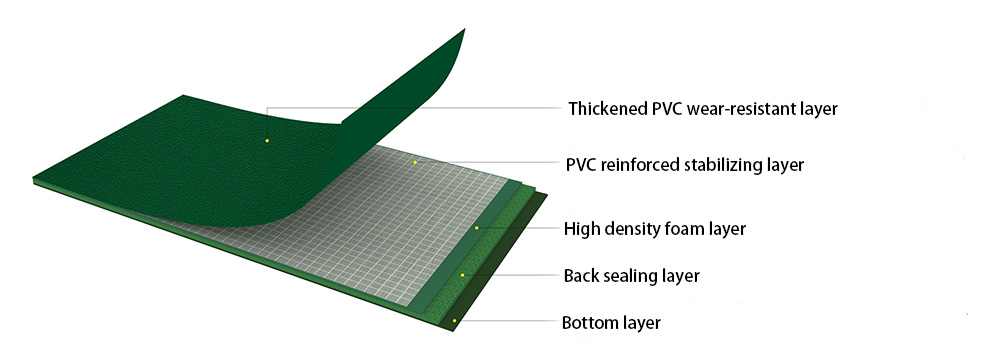9 月 . 08, 2024 16:16 Back to list
indoor basketball gym flooring
Choosing the Right Indoor Basketball Gym Flooring
When it comes to equipping an indoor basketball gym, one of the most critical decisions revolves around flooring. The right flooring not only enhances performance but also ensures safety and contributes to the overall aesthetic of the facility. This article explores the key factors to consider when selecting indoor basketball gym flooring.
Types of Flooring
There are several types of flooring available for indoor basketball courts, each with its own set of advantages and disadvantages
1. Wood Flooring Traditionally, wood has been the go-to material for basketball courts. Maple is the most popular choice due to its durability, shock absorption, and excellent grip. Wood floors are generally aesthetically pleasing and provide a classic look, making them suitable for professional and recreational facilities alike. However, they require regular maintenance to prevent warping and damage from moisture.
2. Synthetic Flooring Options like vinyl and rubber are gaining popularity for indoor basketball gyms. Synthetic floors are often more resistant to moisture and wear, making them easier to maintain compared to wood. They offer good traction and shock absorption, which can help reduce the risk of injuries. Additionally, synthetic floors can be customized in various colors and designs, allowing for greater flexibility in aesthetics.
3. Sport Tiles Interlocking tiles made from rubber or PVC are another option. These tiles are easy to install and replace, making them a great choice for multipurpose facilities. They provide excellent traction and are designed to withstand heavy impacts, but some may find them less comfortable compared to traditional wood surfaces.
indoor basketball gym flooring

Safety Considerations
Regardless of the type chosen, safety should always be a priority. The surface should have a slip-resistant texture to prevent falls and injuries. Additionally, adequate cushioning is essential to reduce the impact on players' joints, helping to prevent long-term injuries. Make sure the flooring complies with safety standards set by governing bodies such as the NCAA or FIBA.
Cost and Maintenance
Budget constraints often play a significant role in flooring choices. While wood may offer an unrivaled experience, the initial investment and upkeep can be higher compared to synthetic options. Synthetic floors, while often less expensive, still require regular cleaning and occasional replacement of tiles. It's vital to consider both the upfront costs and long-term maintenance while making a decision.
Conclusion
Selecting the right flooring for an indoor basketball gym involves balancing aesthetics, safety, performance, and cost. Whether opting for traditional wood, modern synthetic options, or versatile sport tiles, the choice will influence the playing experience for athletes. By evaluating the specific needs of your facility and the players, you can ensure that your indoor basketball gym is equipped with flooring that enhances performance and enjoyment for years to come.
-
Custom Pickleball Court Solutions Convert Tennis & Indoor Builds
NewsMay.30,2025
-
Outdoor Pickleball Court Costs Build & Install Pricing Guide
NewsMay.30,2025
-
Premium Pickleball Sports Courts Custom Design & Installation
NewsMay.30,2025
-
Indoor Pickleball Courts Tennis Court Conversion & Custom Builds Tempe
NewsMay.29,2025
-
Professional Pickleball Court Installation & Tennis Court Conversions
NewsMay.29,2025
-
Grey Synthetic surface-rubber prefabricated track
NewsMar.07,2025

